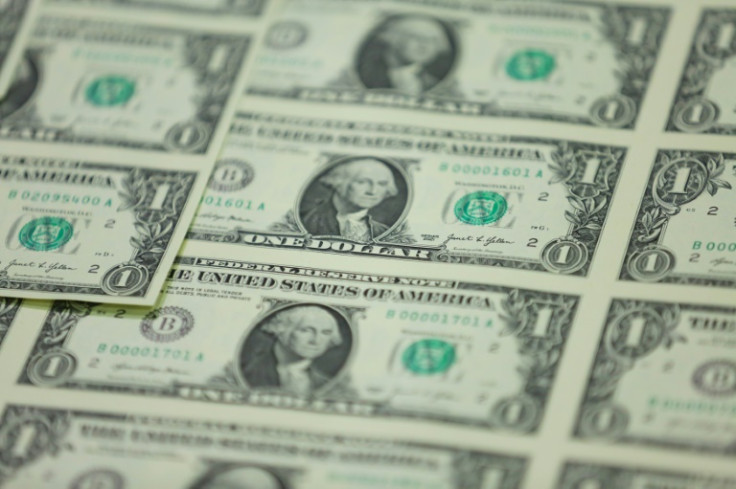Inflation in the United States is on track with expectations in January, as estimated by a key metric used by the Federal Reserve to guide its monetary policy decisions.
The Personal Consumption Expenditures (PCE) price index, excluding volatile food and energy costs, had a 0.4% increase for the month, in line with forecasts, demonstrating a 2.8% rise from the previous year. This consistency indicates a stabilization following December's slight uptick, with a monthly gain of just 0.1% and a year-over-year increase of 2.9%.

The broader PCE index, encompassing food and energy components, surged by 0.3% monthly and 2.4% annually, closely aligned with projections. December's figures stood at 0.1% monthly and 2.6% annually. These movements reflect an ongoing trend of transition towards service-oriented expenditure, as the economy adjusts to normalize from the disruptions wrought by the COVID-19 pandemic.
January's price shifts unveil a clear dichotomy between services and goods. Service prices rose by 0.6% on a monthly basis while goods had a slight decline of 0.2%. Over a 12-month period, services registered a robust 3.9% increase, juxtaposed against a 0.5% decline in goods prices. Notably, food prices increased by 0.5%, although this was offset by a 1.4% dip in energy costs. Year-over-year comparisons exhibit a 1.4% rise in food prices and a remarkable 4.9% decrease in energy prices.
Both headline and core inflation measures continue to outpace the Federal Reserve's 2% target, despite the core reading indicating its lowest level since February 2021 on an annual basis. While the Fed officially monitors the headline measure, policymakers often place greater emphasis on the core measure for insights into long-term trends.
Stephen Gallagher, Chief U.S. Economist at Société Générale, commented on the report, "Overall, [the report] is meeting expectations, and some of the worst fears in the market weren't met." This sentiment was reflected in the subdued reaction of financial markets, with stock futures experiencing marginal gains and Treasury yields marginally lower.
The report also revealed unprecedented trends in personal income and spending. Personal income surged by 1% in January, surpassing forecasts of 0.3%, while spending had a slight decline of 0.1%, contrary to expectations of a 0.2% increase. This divergence indicated a cautious approach by consumers amid elevated prices.
Amid these economic dynamics, a Labor Department report showcased continued reluctance among companies to initiate layoffs. Initial jobless claims for the week ending February 24 was 215,000, exceeding expectations by 13,000. Continuing claims surged slightly above 1.9 million, indicative of ongoing labor market stability.
These developments come against the backdrop of deliberations within the Federal Reserve regarding future monetary policy adjustments. After implementing 11 interest rate increases totaling 5.25 percentage points between March 2022 and July 2023, policymakers are contemplating a reversal of these hikes. However, the timing and extent of policy easing remain uncertain amidst indications that inflation may persist at higher levels than anticipated.
January's consumer price index data raised concerns of sustained inflationary pressures, although economists attribute the rise to seasonal factors and transient shelter cost goes up. While the Consumer Price Index (CPI) informs the PCE, the latter is considered more comprehensive due to its adjustment for consumer substitutions in response to price fluctuations.







